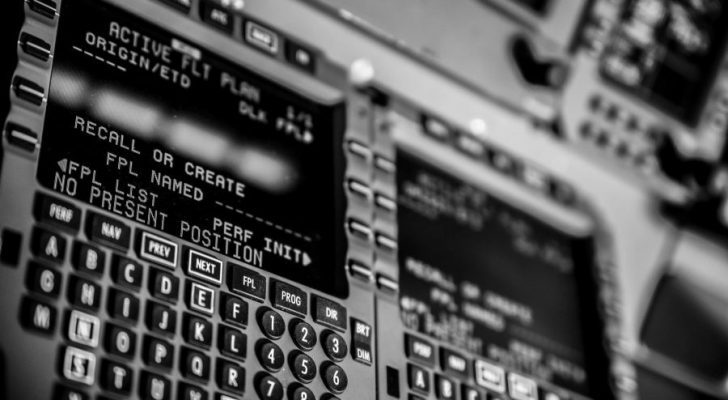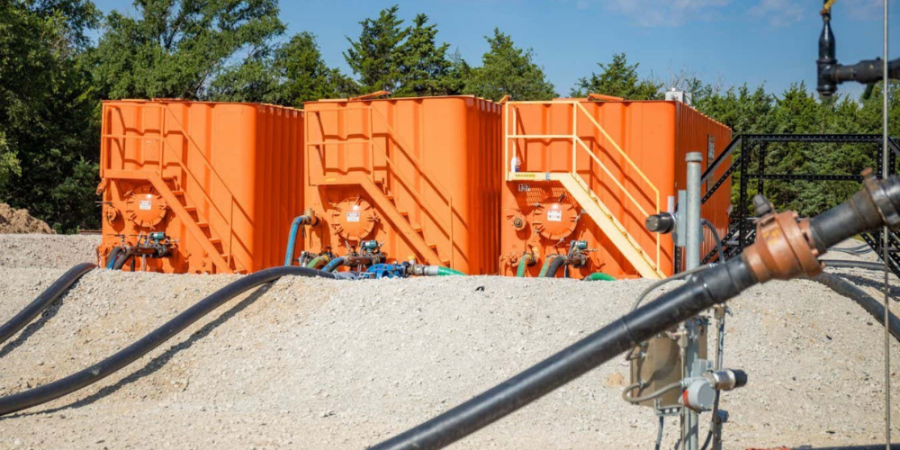From fighting with swords and shields, bows and arrows, the world has come a long way. Now, modern warfare consists of complex weaponry and explosives that can easily deter the enemy away from the warzone. Science and technology have aided militaries across the globe in achieving different kinds of explosives, and while scientific advancement was used as a means to make explosives more lethal, science was also used to develop preventive technology, which would serve as a counter.
One of these technologies happens to be the ETD, also known as explosive trace detectors. As science advances, it introduces changes and improvements in the next generation of exploring trace detectors.

NBAA | Let’s know more about the next generation of explosive trace detectors.
What Are Explosive Trace Detectors?
Explosive trace detectors can seek out or detect amounts of explosive residue or vapors that may be left behind. Now, ETDs have become almost essential for security reasons, and you might even spot them at high-security areas like the airport, borders, marine check posts, and more. These ETDs either come in the form of a handy device or are installed somewhere where they can easily trace out any explosives or explosive residues when they come in contact.
ETDs serve as a great way to suppress any security threat that might come in the form of homemade explosives, concealed weapons, etc. The Next gen ETD expands the horizon of ensuring security by developing advanced and lesser-known testing technologies.

Tanathip/Pexels | Your airports are about to get more secure.
Knowing The Contact Sampling
At the airport, when someone is taken for a secondary screening, it is mainly because they might want to rule out any traces or tiny particles of explosives that may have left their residue on the suspects’ clothes or other belongings. With an increased sensitivity towards explosives, the Next Gen Mass Spectrometry ETD not only traces the smallest amount of explosives but also identifies it because of its newly expanded library.
It works when the Transportation Security Officer wipes the suspect’s clothes, items, and hands. Also, with the help of a swab, which is inserted in the NextGen Mass Spectrometry ETD, it easily identifies whether there are traces of explosives or not.

Alex/Pexels | This is great to find the smallest amount of explosives
Non-Contact Sampling
While contact sampling is great for getting results, it does not apply to all sorts of situations, and it is not practical to check each person with the help of contact sampling. This is where no-contact sampling comes in; it functions by detecting vapor emissions. While the canine teams are often considered the best at this game, their performance can be compromised in some situations. This is where no contact sampling takes the lead.
So, what are your thoughts on the NextGen ETDs?










